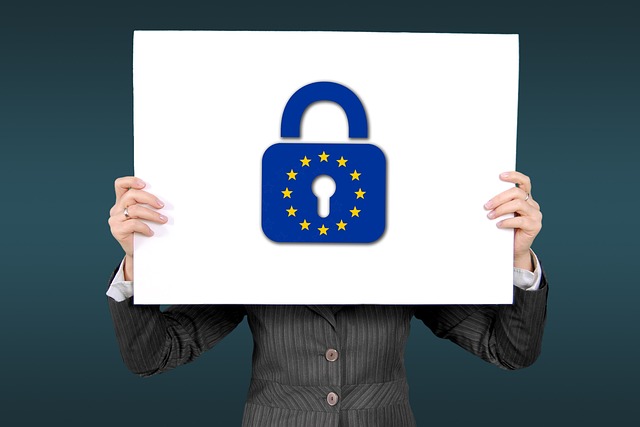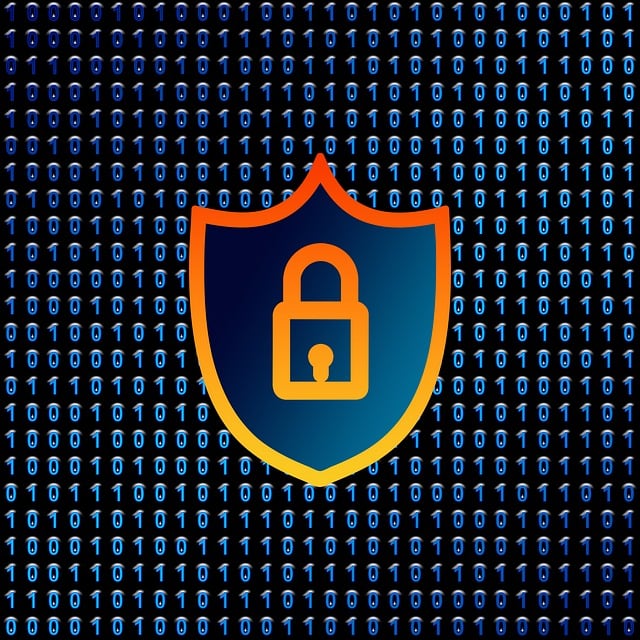For Certified Public Accountants (CPAs), Sarbanes-Oxley Act (SOX) compliance is crucial for ensuring corporate accountability and transparency through robust internal controls, including detailed audit trails. Financial IT systems automate data management, reduce errors, and ensure access controls, enhancing SOX adherence. CPAs must implement secure storage, encryption, and regular system audits to protect financial data. Continuous Monitoring and Auditing (CMA) integrates IT with business processes for accurate reporting. Effective training and clear communication channels empower accountants to maintain high standards of regulatory adherence and financial integrity.
In the digital age, financial IT systems are pivotal for CPAs aiming to meet stringent regulatory requirements, especially under Sarbanes-Oxley (SOX) Act standards. This article guides accounting professionals in navigating the complex landscape of SOX compliance. We explore the role of technology in enhancing regulatory adherence, offering insights into key considerations for SOX-compliant systems and best practices for continuous monitoring and training. Understanding SOX from a CPA’s perspective is essential for ensuring robust internal controls and effective communication within organizations.
- Understanding SOX Compliance: A CPA's Perspective
- The Role of Financial IT Systems in Regulatory Adherence
- Key Considerations for SOX-Compliant Technologies
- Implementing Internal Controls within IT Infrastructure
- Best Practices for Continuous Monitoring and Auditing
- Training and Communication: Empowering Accountants for Compliance
Understanding SOX Compliance: A CPA's Perspective

For Certified Public Accountants (CPAs), navigating SOX (Sarbanes-Oxley) compliance is an essential aspect of their role in ensuring corporate accountability and transparency. As experts in financial reporting, CPAs are tasked with implementing and maintaining robust internal controls, including detailed audit trails, to meet the stringent requirements set forth by this legislation. This involves a deep understanding of not just accounting practices but also the intricate relationship between IT systems and financial data integrity.
SOX compliance demands that accountants establish effective procedures for documenting, testing, and monitoring internal controls over financial reporting processes. This includes implementing robust IT legal support to safeguard digital records, ensure data integrity, and provide an auditable trail of transactions. By integrating IT into their compliance strategies, CPAs can leverage technology to streamline audit trails, enhance security measures, and ultimately fortify the reliability of financial reporting for stakeholders.
The Role of Financial IT Systems in Regulatory Adherence

Financial IT systems play a pivotal role in ensuring regulatory compliance for CPAs and other accountants, especially when navigating complex frameworks like SOX. These systems serve as the backbone of financial reporting processes, managing vast amounts of data with precision and efficiency. They automate tasks that were once manual and prone to human error, significantly reducing the risk of non-compliance. For instance, robust access controls accounting measures ensure only authorized personnel can access sensitive financial information, a crucial aspect of SOX compliance.
IT audits for accountants are increasingly focused on these systems to verify their integrity and security. By integrating up-to-date IT for financial reporting, CPAs can streamline processes, enhance transparency, and maintain accurate records. This not only facilitates regulatory adherence but also boosts the overall efficiency of accounting operations.
Key Considerations for SOX-Compliant Technologies

To ensure financial IT systems meet regulatory compliance requirements, particularly under SOX (Sarbanes-Oxley Act) for CPAs, several key considerations come into play. First and foremost, robust audit trails IT is imperative. These trails must accurately capture, store, and preserve all financial transactions and system activities, providing a clear, detailed record that can be verified during audits. This involves implementing systems that log user activities, changes to data, and access permissions, ensuring transparency and accountability.
Additionally, regulatory data systems need to be designed with built-in access controls accounting. These controls prevent unauthorized access to sensitive financial information, ensuring only approved users can modify or view critical data. This dual focus on comprehensive audit trails and secure access controls is vital for maintaining SOX compliance and instilling confidence in the integrity of financial reporting processes.
Implementing Internal Controls within IT Infrastructure

Implementing robust Internal Controls is paramount for CPAs aiming to ensure SOX compliance and maintain accountants’ integrity. This involves meticulously structuring IT infrastructure to safeguard financial data, prevent unauthorized access, and ensure data integrity. By integrating security measures like encryption, access controls, and regular system audits, CPAs can establish a solid foundation for reliable financial reporting.
For instance, CPA file security protocols should encompass secure storage, encryption during transmission, and strict user access permissions. Regulatory data systems must be regularly updated to align with the latest industry standards and compliance requirements. This commitment to IT for financial reporting not only meets SOX guidelines but also instills confidence in the accuracy and reliability of financial data presented to stakeholders.
Best Practices for Continuous Monitoring and Auditing

To ensure financial IT systems meet regulatory compliance requirements, Continuous Monitoring and Auditing (CMA) is a best practice that CPAs should adopt. This involves implementing robust security measures like encryption for CPA file security and access controls to protect sensitive financial data. Regular, automated audits of regulatory data systems help identify potential gaps or violations early on, allowing for swift corrective actions before SOX compliance inspectors find issues during their reviews.
Beyond these foundational steps, integrating IT for financial reporting with broader business processes is crucial. This includes ongoing monitoring of system changes, user access rights, and data integrity checks. By fostering a culture of continuous improvement, CPAs can maintain the accuracy and reliability of financial reporting, thereby enhancing public trust and ensuring regulatory bodies’ satisfaction.
Training and Communication: Empowering Accountants for Compliance

Effective training and communication are pivotal in ensuring that accountants can confidently navigate the complexities of SOX compliance. By providing regular, comprehensive training programs, firms equip their accounting teams with the knowledge necessary to understand regulatory requirements and implement them within their daily practices. This involves detailed sessions on access controls accounting, where professionals learn to manage user permissions and ensure data integrity. Additionally, training should emphasize the importance of maintaining robust audit trails IT, enabling accountants to accurately document and track financial transactions for scrutiny.
Clear communication channels further strengthen compliance efforts. Firms should encourage open dialogue where accountants can raise concerns, ask questions, and share best practices related to regulatory adherence. Regular updates on changes in SOX regulations and industry standards ensure that the accounting team stays informed. This proactive approach fosters a culture of accountability, empowering accountants to take ownership of their roles in maintaining financial integrity and meeting compliance standards.
